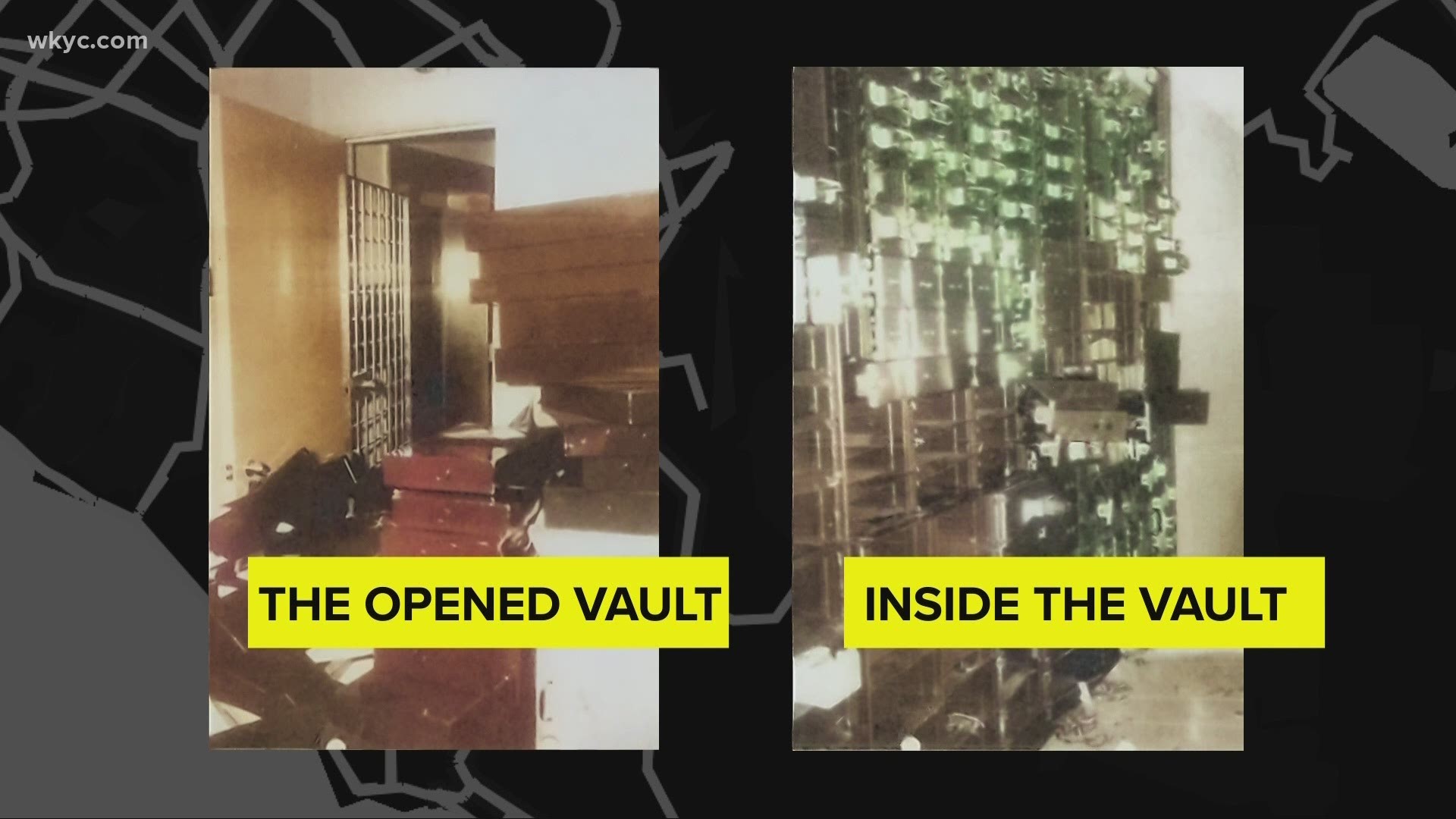YOUNGSTOWN, Ohio — If you're a fan of true crime stories, you'll remember our series "Bomb City, U.S.A.," which covered Cleveland's historic and deadly underworld wars of the 1970s.
Now, an addendum of sorts. A story about one of the greatest bank burglaries that grew from the minds of a few local wise guys.
3News investigator Rachel Polansky continues her exclusive series with "The Heist." It's the sort of story you see in the movies. Gangsters breaking inside a bank vault to steal millions of dollars.

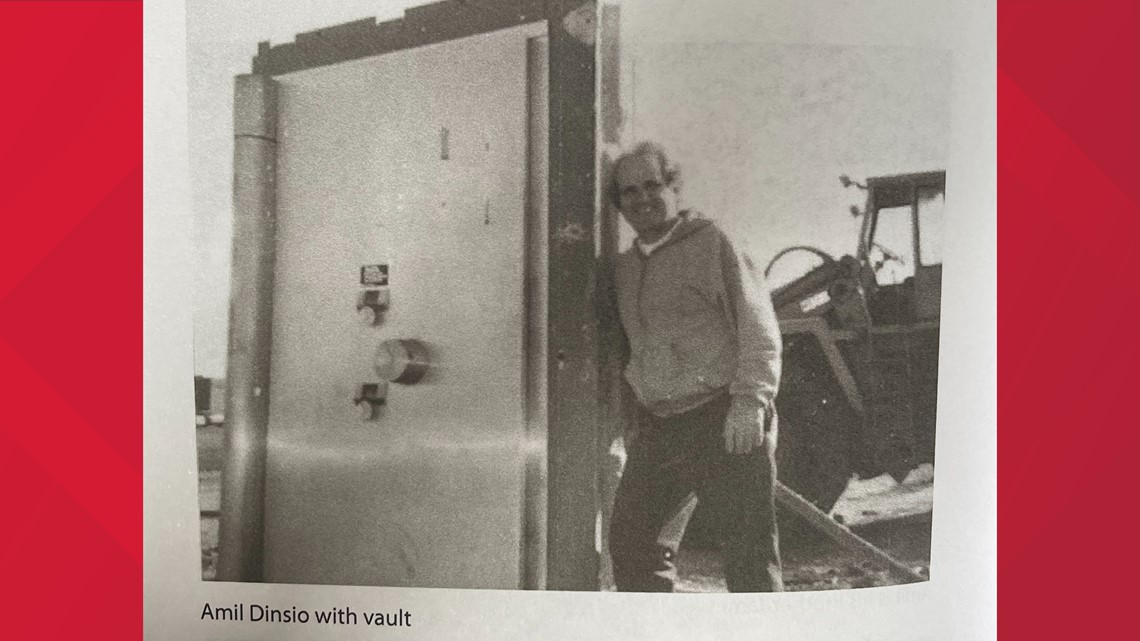
"Cash and diamonds and gold," said former Cleveland burglar, Phil Christopher. "One bag was so big, I looked like Santa Claus walking up the hill."
Add in a few iconic names, like Richard Nixon and Jimmy Hoffa, and suddenly, it’s lights, camera, action.
"I really didn't believe it at first but coming from a source like Jimmy Hoffa, who got around good, he headed the teamsters you know, and he was friends with the mafia," said former Youngstown burglar, Amil Dinsio.


In life -- like in art -- the good guys usually win and the wise guys eventually lose.
And so it was, with a heist that took root in Youngstown, nearly 50 years ago targeting a small California bank some 2400 miles away.
Dinsio, now retired from his life of crime, remembers it well.
"We knew what the vault was made of, cement blocks and a one-inch plate inside. The only thing protecting the people's money is the alarm system. You beat the alarm, you beat the bank,” Dinsio said.
Not only did Dinsio specialize in alarms but he was also the planner and the recruiter.


And he brought in Cleveland burglar Phil Christopher, otherwise known as "Super Thief."
"A lot of people say where did you get the nerve to do it? I don't know it just became a routine thing, it was simple, ya know? Phil Christopher said.

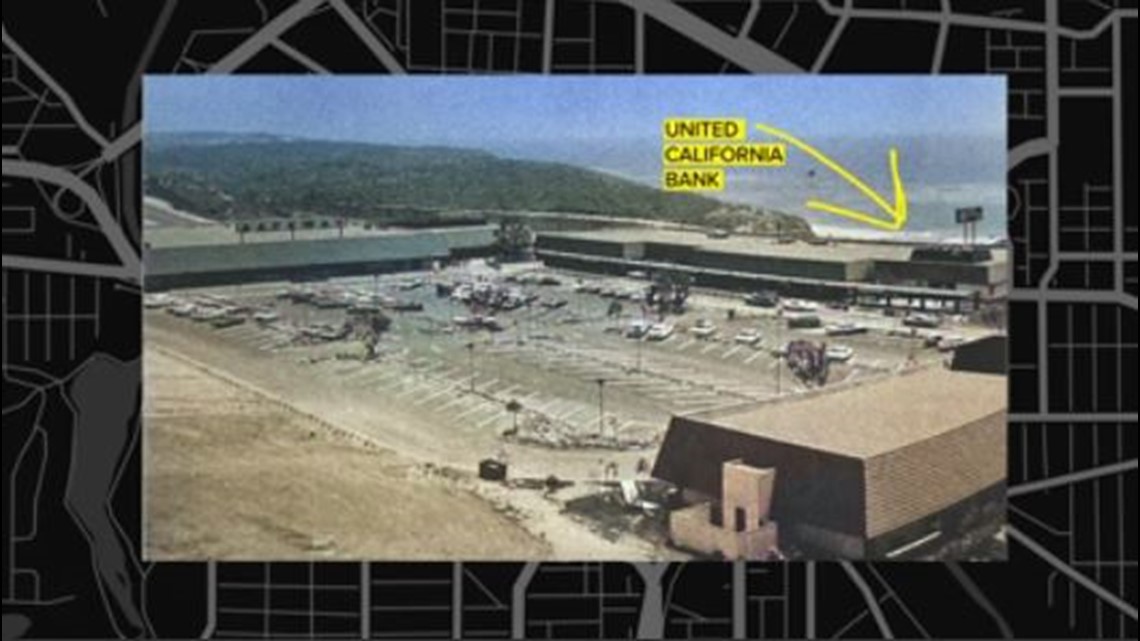
The two were part of a seven-man crew that traveled to Laguna Niguel, California, a sleepy beach town about one hour south of Los Angeles.
They were there for a $30 million score - some of which was rumored to belong to President Richard Nixon.
They broke into the bank through the roof, first beating the alarm system, and then using explosives to drop into the vault. They cleaned out roughly 450 safety deposit boxes.
“Was there $30 million?” 3News investigator Rachel Polansky asked Dinsio.
“No, $12 million. But I wish it was 30,” Dinsio replied.

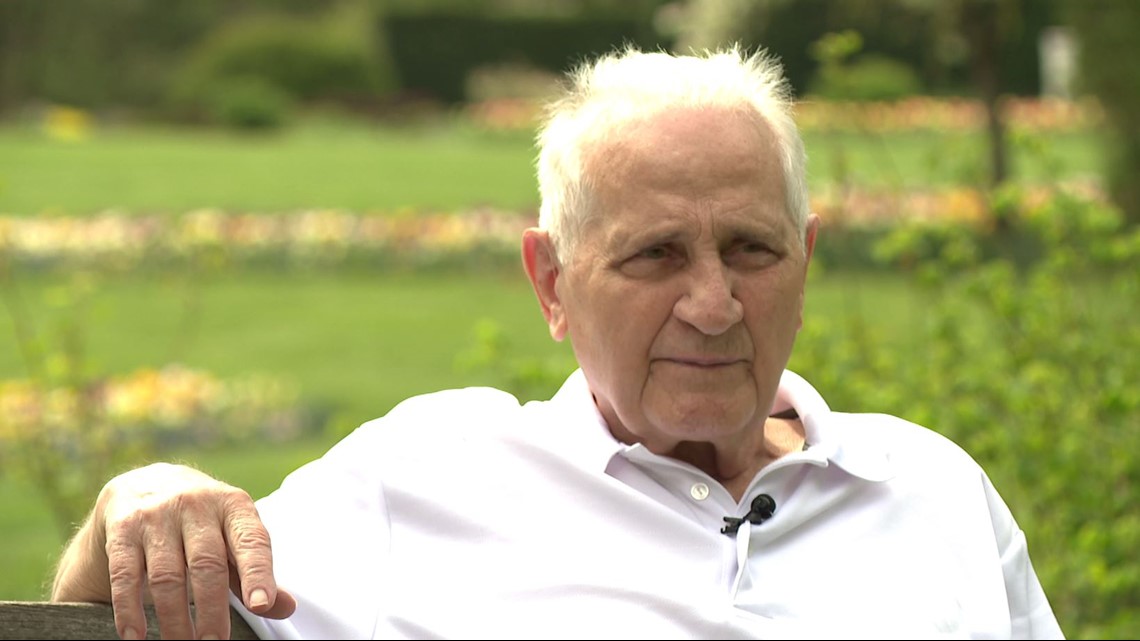
Bank officials were stunned and so was the FBI.
According to a 1972 newspaper report, no fingerprints or incriminating evidence were left behind by the group.
"Did you think, 'we got away with it? We're not gonna get caught?'” Polansky asked Dinsio.
"Sure you do, you always think that," Dinsio said.
But they didn't get away with it. Instead, they got a little greedy.
They decided to do another burglary. This time closer to home, at a bank in Lordstown, just across the street from the General Motors factory.
The similarities put the FBI on their tail.

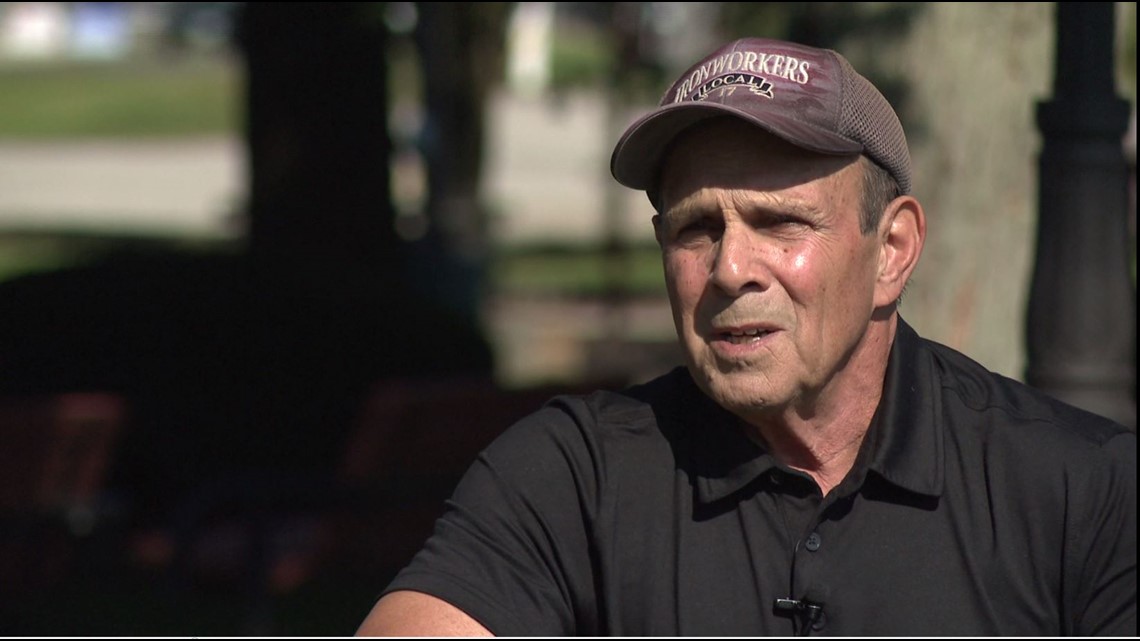
“That was our downfall. That really intensified the FBI and the director and all of them, to get us at all costs,” Christopher said.
The Ohio heist was so similar to the California heist, the FBI began to connect the dots.
According to an affidavit later made public, when agents pulled airline records, they saw Dinsio and his friends flew from Cleveland to Los Angeles on March 15th, just days before the heist.
The group was eventually rounded up and sent to prison.
And the feds recovered over $2 million dollars.
Both Amil Dinsio and Phil Christopher are now retired from their lives of crime and living in Northeast Ohio.
If you liked this story, make sure you check out our podcast: 'Bomb City U.S.A. – Episode 3: The Heist' for more on this story.

